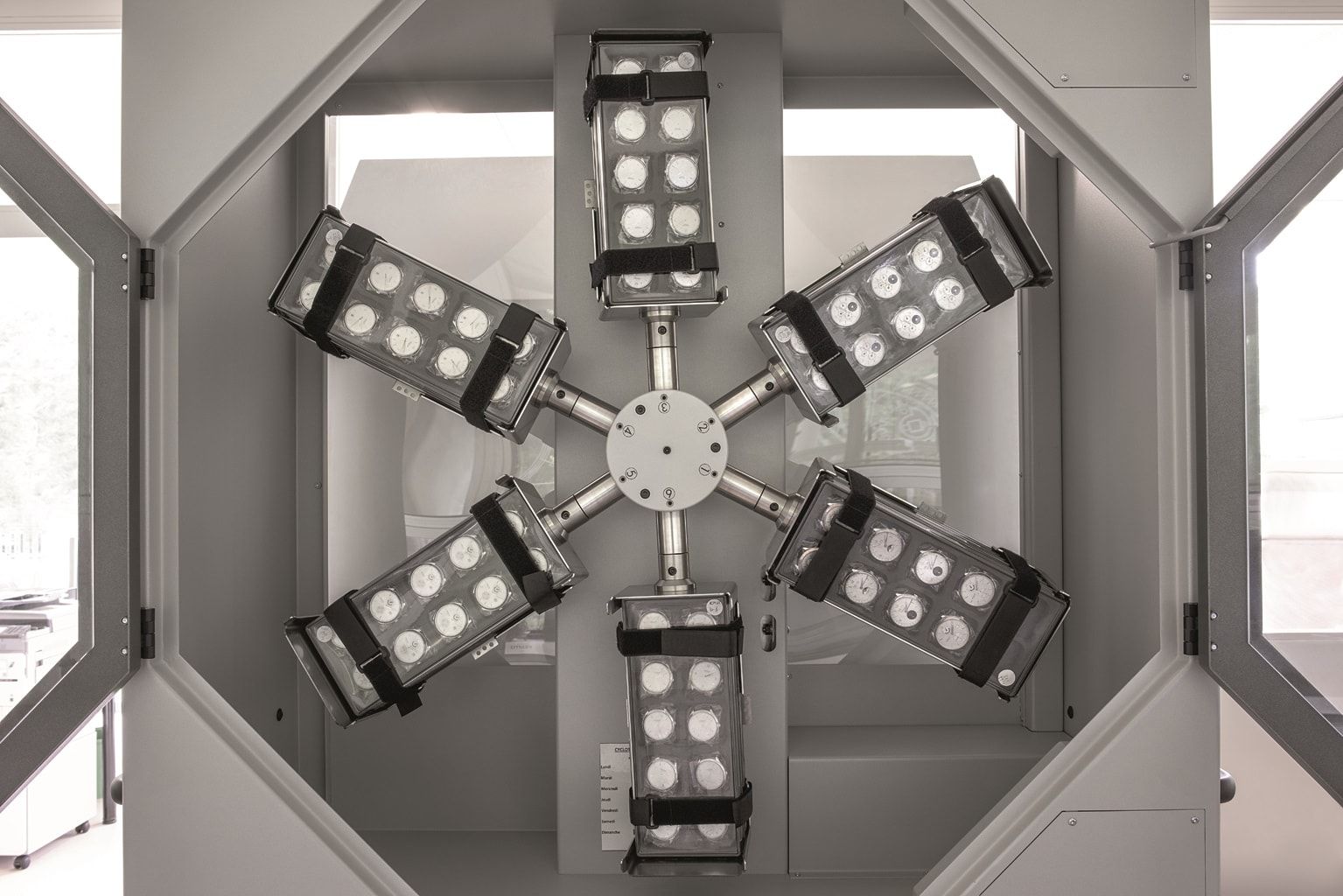
The Patek Philippe Seal
True to the spirit of its tagline, “You never actually own a Patek Philippe. You merely look after it for the next generation”, Patek Philippe made good of its promise of lifetime service with the Patek Philippe Seal in 2009, replacing the Geneva Seal.The decision was made because Geneva Seal's primary concern was movement finishes and didn’t cover external elements like the case and the dial, which Patek Philippe felt were also important determining factors of quality. (Geneva Seal would revise its requirements to include casing in 2011.)
As a vertically integrated manufacture, it is only logical that a prestigious watch maison like Patek Philippe would want to take this holistic approach. Among its strict requirements is having every movement tested in kinetic simulators to ensure a rate accuracy of -2 and +1 seconds per day. Finished movements are tested for at least 30 days; the final watches are given another spin on the simulators for another 20 days.
It also guarantees material quality, be it the metal alloys of the movement parts or the precious stones. The finishing on the movement must not compromise mechanical integrity while the final touches on the exterior such as the case must meet the highest aesthetical standards.
As an irrefutable sign of Patek Philippe's seriousness in this quest for excellence, the double 'P' symbol of the Seal has appeared on every movement since its implementation in 2009.
Also see: The difference between a mechanical and a quartz moevement



